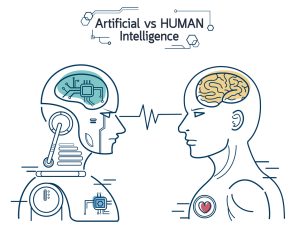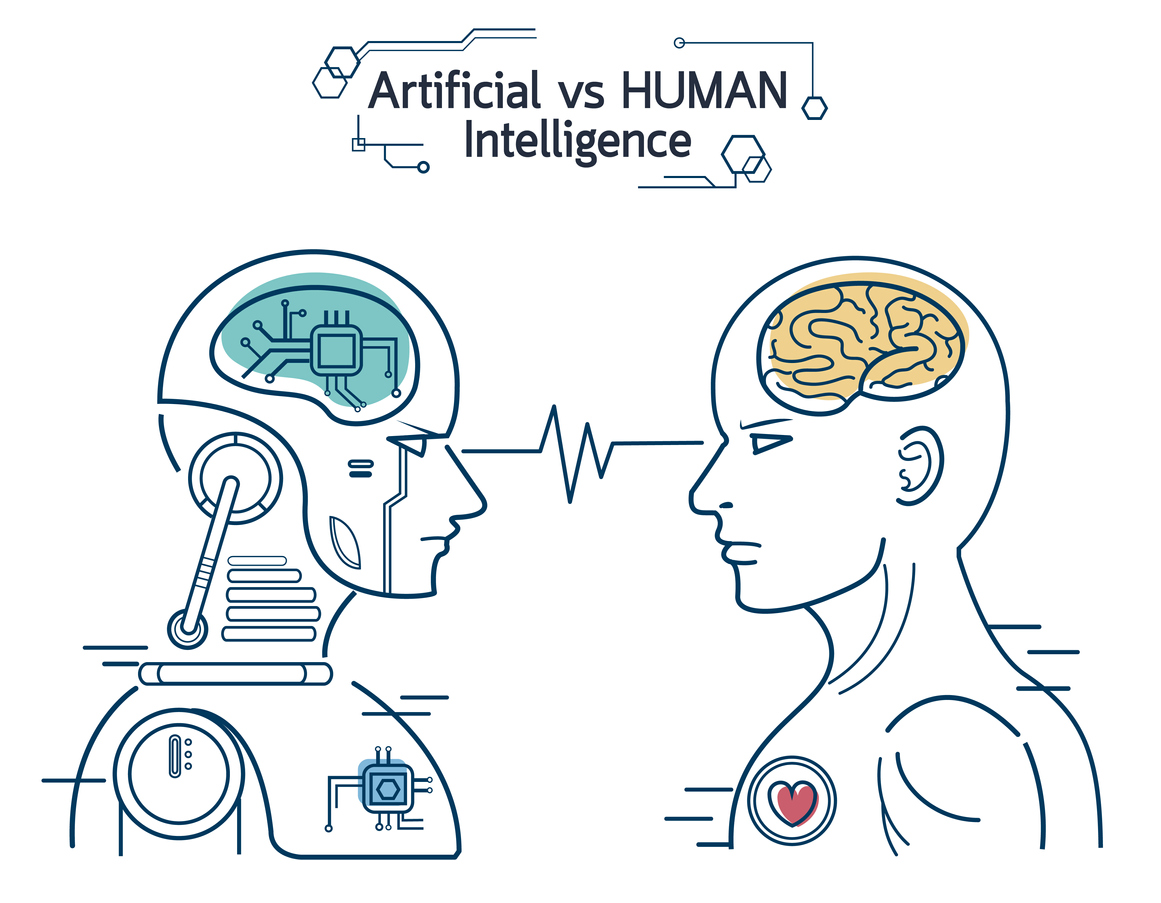How to Make Data Management More Intelligent

Robot vs human. AI artificial intelligence and human intelligence Concept business disruptive illustration. Vector line design to banner.
Data management has evolved over time. It began with an initial stage that could be termed human intelligence. This equates to people running everything. They defined best practices and policies to meet known business requirements for the backup and archiving of data as well as for data recovery and access.
That stage of data management is being superseded by one involving artificial intelligence. A Bain & Company survey found that 53% of organizations have already deployed some level of generative AI; 70% believe that AI-driven automation is either “very important” or “critical” in fulfilling strategic objectives. This finding is supported by an AI and automation survey by Ashling Partners, which found that AI is being incorporated into a great many organizational processes, with time savings being a priority among 84% of respondents.
In the area of data management, AI certainly brings significant time savings in addition to adding far more intelligence. Many organizations are deploying some form of AI to provide visibility into data silos, the amount of capacity available, recommendations for migration of content based on cost or performance, and other suggestions related to data protection and future access. Such capabilities are exciting compared to how things used to be. But further advances lie ahead.
The second and third stage of intelligent data management involves the prescription of responses to predefined issues. This prescribing can only occur when there is integrated awareness of data across the enterprise and the cloud that can offer complete disaster recovery (DR) and ransomware protection all the way down to single file recovery.
Once that is in place, we move on to stage four, where automation is the final goal. Data storage issues can then be detected and resolved with minimal IT staff involvement, enabling much more to be done with fewer IT resources. When data needs to be stored or retrieved, it is automatically placed or accessed from the fastest or most economical storage tier based on its value and importance.
Stages two and three can be looked at as areas where AI provides assistance and recommendations to storage and IT administrators. However, it is only in the final state where AI controls environments and executes actions based on pre-set patterns and policies. This last one requires a lot of preparation. Not everyone is willing to trust AI to run a storage environment. The best approach is to cede a small amount of ground to AI and monitor the results. As AI is trained on how humans want the environment to run, gradually, more and more functions can be automated using AI. Trustworthiness is really about predictability ahead of the fact and accountability after the fact.
Human in the Loop
What is emerging in storage is a clearer definition of where AI can help and where it needs the involvement of humans. AI should not be given free rein to do everything it potentially could.
For example, the US Department of Defense requires that a human be involved in the decision-making loop wherever AI is applied. Some routine actions can be automated and carried out by AI. But other actions need approval from a human before they are executed.
We may soon see the same thing that has emerged with self-driving or drive-assist cars. Vehicle manufacturers are now beginning to offer insurance in case of an accident due to their AI system going awry. Will we see software providers offering insurance to allow their AI engines to take over data storage infrastructure?
Whichever way things work out, AI already provides insight into how best to store and protect valuable data. With humans in the loop, we can sift out the times when AI provides wrong or misleading data and recommendations. That data can then be used to better train AI engines in the future.
The good news is that organizations in fields like healthcare and video work with small numbers of data types that rarely vary. It is easier for AI to understand those data sets and recognize how they are changing. However, it still requires the input of knowledgeable and experienced humans who take the lead and use AI to assist and automate their actions.
You can find out more about emerging use cases for active archives by listening to the recordings of the 2023 Active Archive Virtual Conference.













